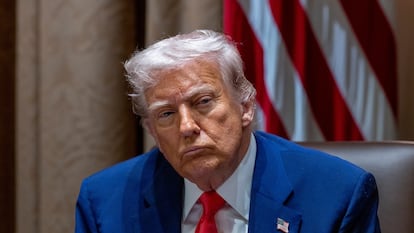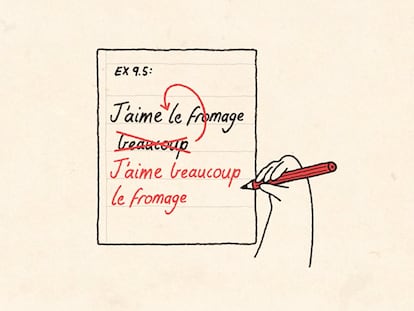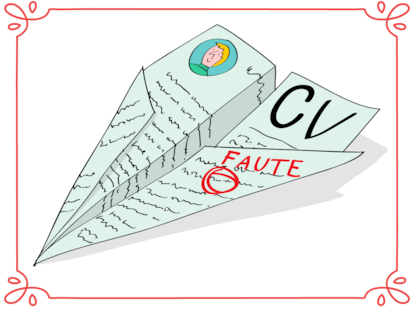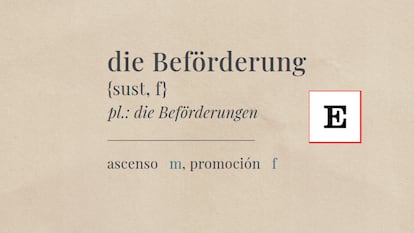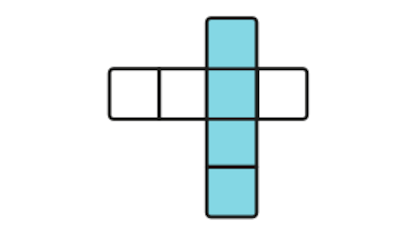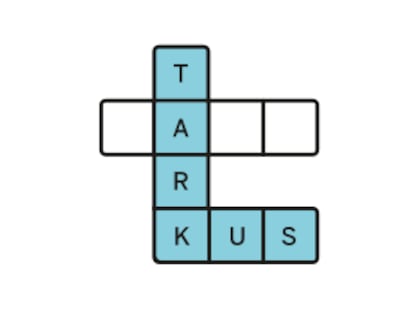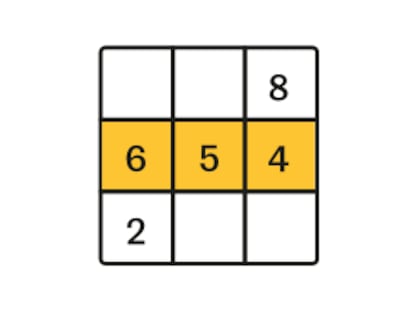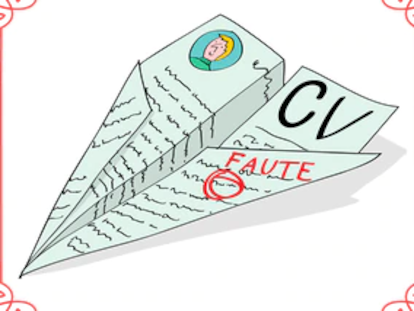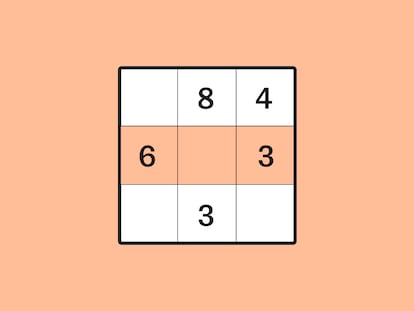Trump faces a marathon of trade negotiations from a weakened position
The president’s backpedalling in response to market pressure reveals his limitations in pursuing an aggressive tariff war against the entire world

“When a country (USA) is losing many billions of dollars on trade with virtually every country it does business with, trade wars are good, and easy to win. Example, when we are down $100 billion with a certain country and they get cute, don’t trade anymore-we win big. It’s easy!” This 2018 tweet from Donald Trump defines the philosophy he has put to the test this month — and that failed.
If trade wars are “good” when you have a deficit, then launching one against the entire world must have seemed like a winning move for a president overseeing a record $1.2 trillion trade gap in 2024. But a sharp market downturn has forced Trump to backpedal. Now, he’s embarking on a flurry of negotiations — only this time, from a weakened position, having learned that trade wars are, in fact, easy to lose.
Trump’s resolve wavered as Wall Street tumbled and Treasury bonds took a beating in the bond market. This is a sign of weakness that will follow him over the next 90 days — the deadline he’s set to secure deals with major trading partners. Even that timeline remains uncertain. When asked on Thursday whether it might be extended if no deals are reached by mid-July, Trump replied: “We’ll see.”
Negotiations are underway. Treasury Secretary Scott Bessent met on Thursday with Vietnam’s Deputy Prime Minister Ho Duc Phoc. They agreed to begin formal discussions on reciprocal trade between the two countries. “During their talks, Secretary Bessent emphasized the importance of continued engagement with trade partners, and the need for quick, demonstrable progress to resolve outstanding issues,” the Treasury Department said in a statement.
“We’ve already got offers on the table from more than 15 countries,” National Economic Council director Kevin Hassett told Fox News. “We’re going to present to the president a list of what we think his priorities might look like.” In an earlier appearance on CNBC, Hassett said the number of countries actively negotiating is “approaching 20,” distinguishing serious talks from more casual contact.
In a meeting with Republican congressmen on Wednesday, Trump said that more than 75 countries have contacted U.S. officials to negotiate their new tariffs. “They’re kissing my ass,” he joked vulgarly.
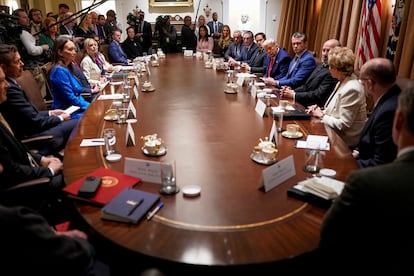
Trump also spoke about the negotiations on Thursday during a Cabinet meeting. “We have [Scott Bessent] here and [Howard Lutnick] and some of the people that are working on deals. And the biggest problem they have is they don’t have enough time in the day. Everybody wants to come and make a deal, and we’re working with a lot of different countries, and it’s all going to work out very well. I think it’s going to work out really very well,” Trump said Thursday, referring to his Treasury Secretary and Commerce Secretary, who stood by him as he bowed to pressure from investors in the bond market.
Trump’s inner circle see him as a great negotiator and point to his memoir, The Art of the Deal, as proof of this. The president, however, has found that investors have limited patience, and the countries he’s negotiating with know this too. It’s quite possible that the United States could gain concessions, it’s not clear whether it could have done so without inflicting serious damage on its own economy.
China is a special case. The president believes the U.S. trade deficit puts it in an advantageous position in the trade war. He reasons that if trade between the two countries were to halt altogether, the deficit would shrink and the U.S. would come out ahead. But that, says Adam Posen, president of the Peterson Institute for International Economics, stems from the conceptual error of thinking that trade is a zero-sum game, when in reality, international trade typically benefits both parties.
Posen also disagrees with the idea that the United States has the upper hand. “It is China that has escalation dominance in this trade war. The United States gets vital goods from China that cannot be replaced any time soon or made at home at anything less than prohibitive cost. Reducing such dependence on China may be a reason for action, but fighting the current war before doing so is a recipe for almost certain defeat, at enormous cost. Or to put it in Bessent’s terms: “Washington, not Beijing, is betting all in on a losing hand,” he argues in an article published Wednesday headlined Trade Wars Are Easy to Lose.

Economic damage
Uncertainty has taken hold of U.S. trade policy. It is unknown if deals will be struck, what their terms might be, or when they might materialize. Trump claims he hopes the first deals will be closed very soon, but doubts continue to influence (or distort) investment and consumer decisions. Before tariffs on automobiles went into effect, for example, car sales soared. On Thursday, in a television interview, Amazon CEO Andy Jassy noted that some nervous buying was taking place in anticipation of possible price increases. “It’s hard to know if it’s just an anomaly in the data because it’s just a few days, or how long it’s going to last,” he said.
This uncertainty is terrible for businesses, making it difficult to plan investments or manage operations with confidence. In just a matter of days, tariffs on imports from dozens of countries have shifted through multiple levels. Products from the European Union, for example, were either exempt or subject to minimal duties when Trump appeared with his now-iconic tariff sign. By Saturday, the rate had jumped to 10%; by Wednesday, it rose to 20%, and just hours later, it dropped back down to 10% — not including separate duties on aluminum, steel, and automobiles. With China, the escalation has been even more extreme: starting from baseline levels, tariffs have soared to 10%, 20%, 54%, 84%, and 145% — at one point briefly hitting a rate of 125% — all depending on the president’s whim. In some cases, the tariffs were even implemented before the official rules establishing them were made public.
Even with the 90-day pause on so-called “reciprocal” tariffs, the universal 10% rate on most imports — and the 145% levied on Chinese goods — marks the most aggressive surge in U.S. protectionism in a century. But the chaos isn’t just about tariffs. It’s also about legal instability, unpredictability, and the erosion of trust. Trump has shown he can’t be counted on to respect the deals he negotiates, as he demonstrated by flouting the United States-Mexico-Canada Agreement, which he negotiated in his first term.
The credibility and reliability of the United States are in serious doubt. According to Bob Diamond, the former CEO of Barclays who now heads Atlas Merchant Capital, the 90-day pause on tariffs doesn’t fix this problem. “Does this change the fact that we’ve created a different relationship with our closest allies?” he told Bloomberg. “The damage done to the trust and confidence in the United States as an ally and partner has not been fixed.” Perhaps there’s more to it than “transition problems,” as Trump called them.
Just a few months ago, no one would have believed that a country long considered Europe’s most important ally would act “like an immature child,” the Slovenian Finance Minister Klemen Bostjancic told public broadcaster RTVSLO, in remarks reported by the agency. “The last few days felt like we are living in a reality show,” he said. “Unfortunately, this show is very serious.”
Sign up for our weekly newsletter to get more English-language news coverage from EL PAÍS USA Edition
Tu suscripción se está usando en otro dispositivo
¿Quieres añadir otro usuario a tu suscripción?
Si continúas leyendo en este dispositivo, no se podrá leer en el otro.
FlechaTu suscripción se está usando en otro dispositivo y solo puedes acceder a EL PAÍS desde un dispositivo a la vez.
Si quieres compartir tu cuenta, cambia tu suscripción a la modalidad Premium, así podrás añadir otro usuario. Cada uno accederá con su propia cuenta de email, lo que os permitirá personalizar vuestra experiencia en EL PAÍS.
¿Tienes una suscripción de empresa? Accede aquí para contratar más cuentas.
En el caso de no saber quién está usando tu cuenta, te recomendamos cambiar tu contraseña aquí.
Si decides continuar compartiendo tu cuenta, este mensaje se mostrará en tu dispositivo y en el de la otra persona que está usando tu cuenta de forma indefinida, afectando a tu experiencia de lectura. Puedes consultar aquí los términos y condiciones de la suscripción digital.
More information
Archived In
Últimas noticias
Russell Tovey: ‘I was advised many times not to come out, I don’t think there was many people who’d done that — and I feel really proud that I’m one of those that did’
Patagonia’s puma population soars thanks to unexpected prey: penguins
Merz tries to replace Macron at the helm of Europe
Indulgence, punishment and family dynamics: Maintaining a healthy relationship with food during the holiday season
Most viewed
- The low-cost creative revolution: How technology is making art accessible to everyone
- Families demand repatriation of bodies of Colombians who died in Ukraine: ‘This war is a slaughterhouse for foreigners’
- Christian Louboutin: ‘Young people don’t want to be like their parents. And if their parents wear sneakers, they’re going to look for something else’
- US sanctions against jailed cartel leader ‘El Marro’ highlight Mexico’s lack of control over its prisons
- Liset Menéndez de la Prida, neuroscientist: ‘It’s not normal to constantly seek pleasure; it’s important to be bored, to be calm’
